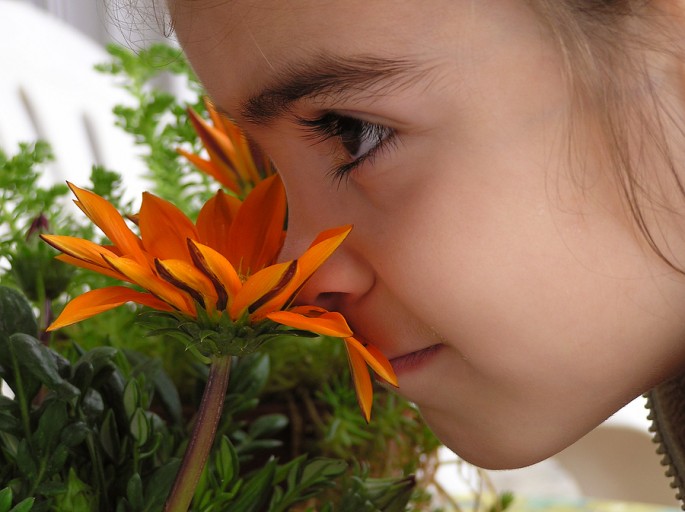A new study suggests that an autism diagnosis might be possible by giving children a "sniff test" to determine if they have the neurodevelopmental disorder. Children with the autism "spectrum disorder" do not have a typical reaction to a pleasant smell by enjoying a big whiff, or holding their breath when they experience a stinky smell.
Liron Rozenkrantz is a neuroscientist at Israel's Weizmann Institution of Science. She said that autistic children with the medical condition do not adjust their reactions to different smells.
The study included 18 children with an autism diagnosis, and 18 normally-developing children. Pleasant smells presented were soap and rose, and the unpleasant smells were rotten fish and sour milk.
Typically-developing children adjusted their smelling reactions within around 305 milliseconds. However, the response of children with autism was slower.
All the kids were exposed to the smells while playing a video game or watching a cartoon. Rozenkrantz explained that the responses to the smells were "semi-automated," not requiring the subject's full attention, according to The New York Times.
By only using the sniff test, the researchers correctly guessed which children had autism around 80 percent of the time. They also found a link to their reaction time and their condition's severity. The more their response differed from normally-developing children, the more severe their autism was.
Dr. Glen Elliott is chief psychiatrist of the Children's Health Council in California. He said that the study's results were very fascinating, as autistic children are usually very sensitive to visual stimuli, sound, taste, and touch, according to Philly.
The researchers hope their study on autism diagnosis can be used as a marker to detect the condition at a very young age. Their method is non-verbal and just requires breathing.
The new findings about olfactory sensitivity in children with autism were recently published in the journal Current Biology.



























